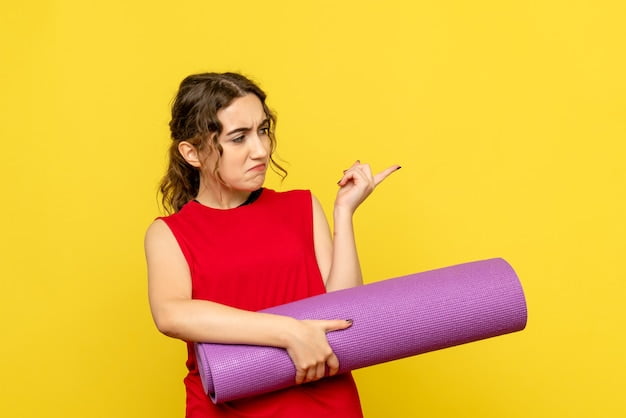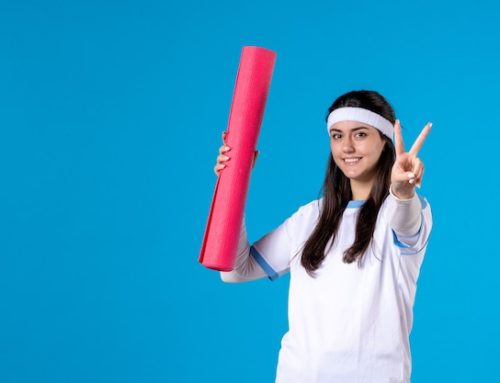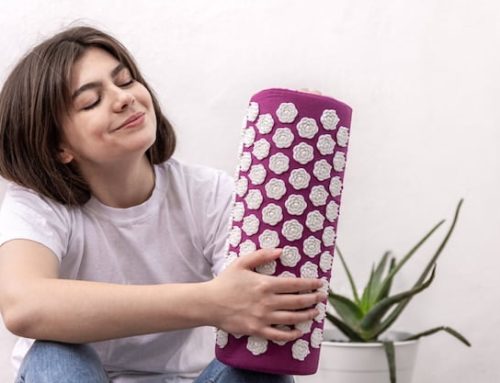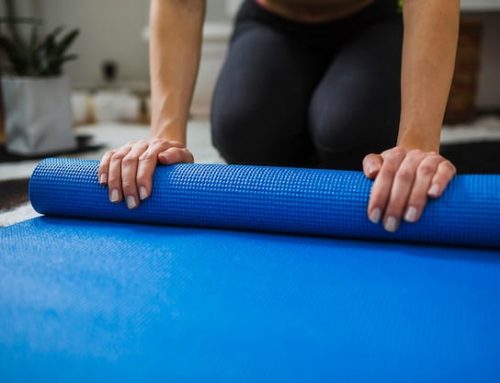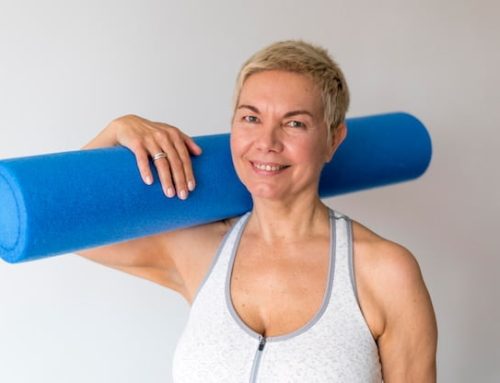The Benefits of Foam Rolling for Anxiety Reduction
Foam rolling has become increasingly popular over the years as a form of self-myofascial release. By using a foam roller to apply pressure to tight muscles, foam rolling helps alleviate tension and improve mobility. But beyond its physical benefits, there is growing evidence that foam rolling can also have a positive impact on our mental health, particularly in reducing anxiety. In this article, we explore the relationship between foam rolling and anxiety reduction, and how you can use foam rolling as part of your wellness routine.
What is Anxiety?
Anxiety is a normal and often necessary response to stress. It can trigger our fight-or-flight response, helping us to cope with potentially dangerous or stressful situations. However, when anxiety becomes chronic, it can be debilitating and interfere with daily life. Symptoms of anxiety can include feelings of fear or unease, increased heart rate, sweating, and difficulty concentrating. Anxiety disorders are among the most common mental health conditions in the world, affecting millions of people every day.
The Link Between Foam Rolling and Anxiety Reduction
While there is still much to learn about the relationship between anxiety and foam rolling, several studies have indicated that foam rolling may reduce anxiety symptoms. One study published in the Journal of Athletic Training found that foam rolling significantly decreased the heart rate of participants, suggesting a decrease in anxiety levels. Another study published in the International Journal of Sports Physical Therapy found that foam rolling was effective in reducing tension and increasing feelings of relaxation.
How Foam Rolling Reduces Anxiety
So how exactly does foam rolling reduce anxiety? One theory is that foam rolling stimulates the parasympathetic nervous system. This is the part of the nervous system responsible for relaxation and calming the body’s response to stress. By applying pressure to tight muscles, foam rolling can help relax the body and promote a sense of calm. Additionally, foam rolling has been shown to increase the release of endorphins, the body’s natural painkillers and mood boosters.
Using Foam Rolling as Part of Your Wellness Routine
If you’re interested in using foam rolling to reduce anxiety, there are several ways to incorporate it into your wellness routine. One option is to foam roll before bed. This can help you relax and unwind before sleep, promoting a better night’s rest. Another option is to foam roll during your workout warm-up. This can help prepare your muscles for exercise and improve your range of motion. You can also foam roll during your workout cooldown to help reduce muscle tension and promote relaxation.
Tips for Effective Foam Rolling
To make the most of your foam rolling practice, be sure to use proper technique. Here are some tips to keep in mind:
– Start with a foam roller that is firm but not too hard
– Roll slowly and deliberately over your muscles, focusing on tight spots
– Take deep breaths while foam rolling to promote relaxation
– Avoid rolling directly on bone or joints
– Drink plenty of water after foam rolling to help flush out toxins
Other Strategies for Anxiety Reduction
While foam rolling can be a helpful tool in reducing anxiety, there are many other strategies that can be effective as well. These include:
– Mindfulness meditation
– Deep breathing exercises
– Progressive muscle relaxation
– Yoga
– Cognitive-behavioral therapy
The Bottom Line on Foam Rolling and Anxiety Reduction
While more research is needed to fully understand the relationship between foam rolling and anxiety reduction, there is evidence to suggest that foam rolling can be helpful in promoting relaxation and reducing tension. By incorporating foam rolling into your wellness routine and combining it with other anxiety reduction strategies, you may be able to improve your overall mental health and well-being.
